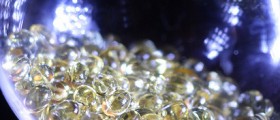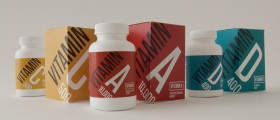
Signs, symptoms, causes
Rickets can lead to deformities such as bowed legs, thickened wrists and ankles, breastbone projection or an abnormally curved spine. Symptoms of the development of the disease are: pelvic pain, spinal pain, leg pain, muscle weakness or delayed growth. If a child develops or displays any of the above deformities, or suffers regularly from the above symptoms, a doctor should be consulted. These symptoms are not always indicators of rickets, but can be good indicators as to the presence of the condition.
Some children may have underlying medical conditions such as celiac disease, cystic fibrosis, inflammatory bowel disease or other kidney problems, which can all affect the proper bodily absorption of vitamin D. Essentially, these diseases slow the breaking down and processing of the vitamin D in the body, thus potentially leading to rickets.Treatment and Prevention
There are, as indicated other causes of rickets, but generally, if vitamin D deficiency is indeed the cause of rickets in an individual, adding calcium or vitamin D to the diet is normally successful with regard to combating the condition. This deficiency may have been caused in the first place by a lack of sunlight, or by failure to consume foods rich in vitamin D, such as fish and eggs.
Most cases are successfully treated through increased vitamin D intake, but this intake must be strictly controlled, as an overdose of the vitamin can be risky.
In order to prevent rickets from developing, one can take certain pre-emptive steps. Children need to consume foods containing plenty of vitamin D. This means eating and drinking foods such as cereals, milk, infant formula and orange juice. Thus it is important to ensure care is taken to monitor an infant or young child’s diet in order to ensure he or she is eating the appropriate foods.Adults and adolescents tend to get most of their vitamin D through exposure to the sunlight. Natural sunlight can provide significant amounts of vitamin D, however, exposure to the sun needs to be limited, particularly with regard to infants.

















Your thoughts on this
Loading...